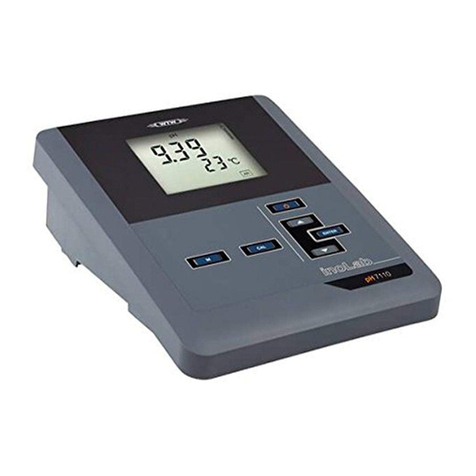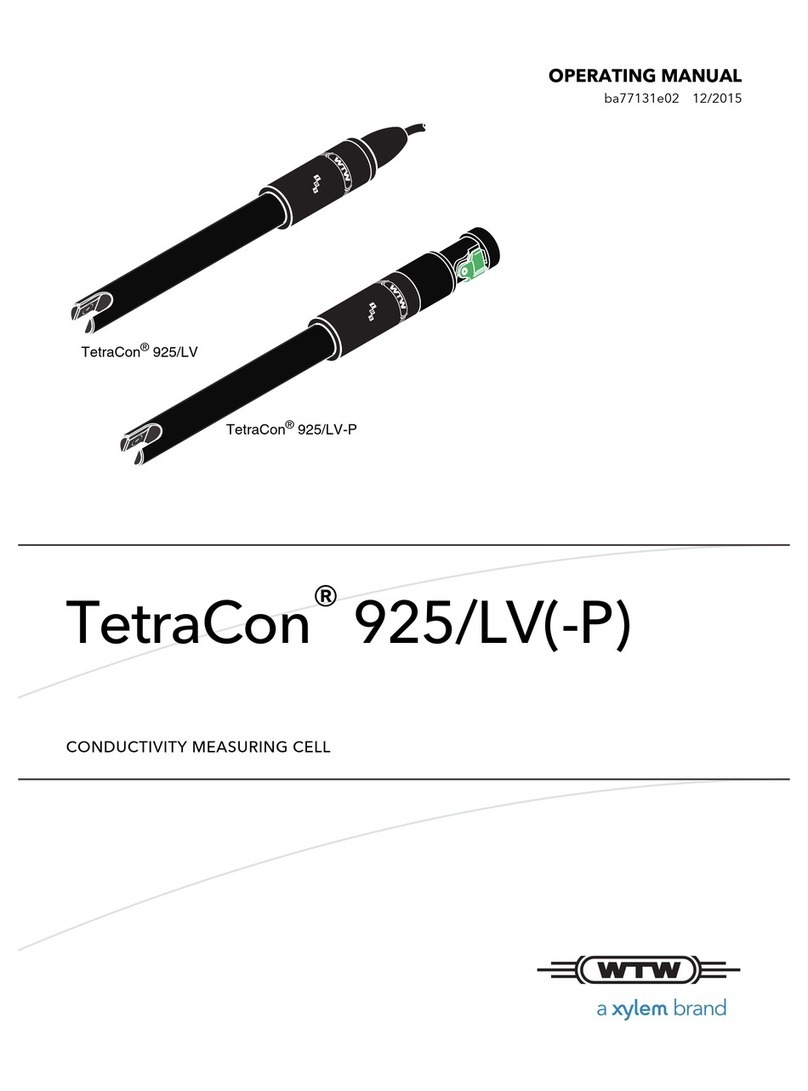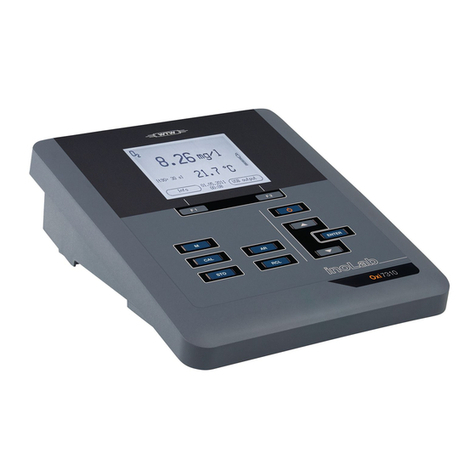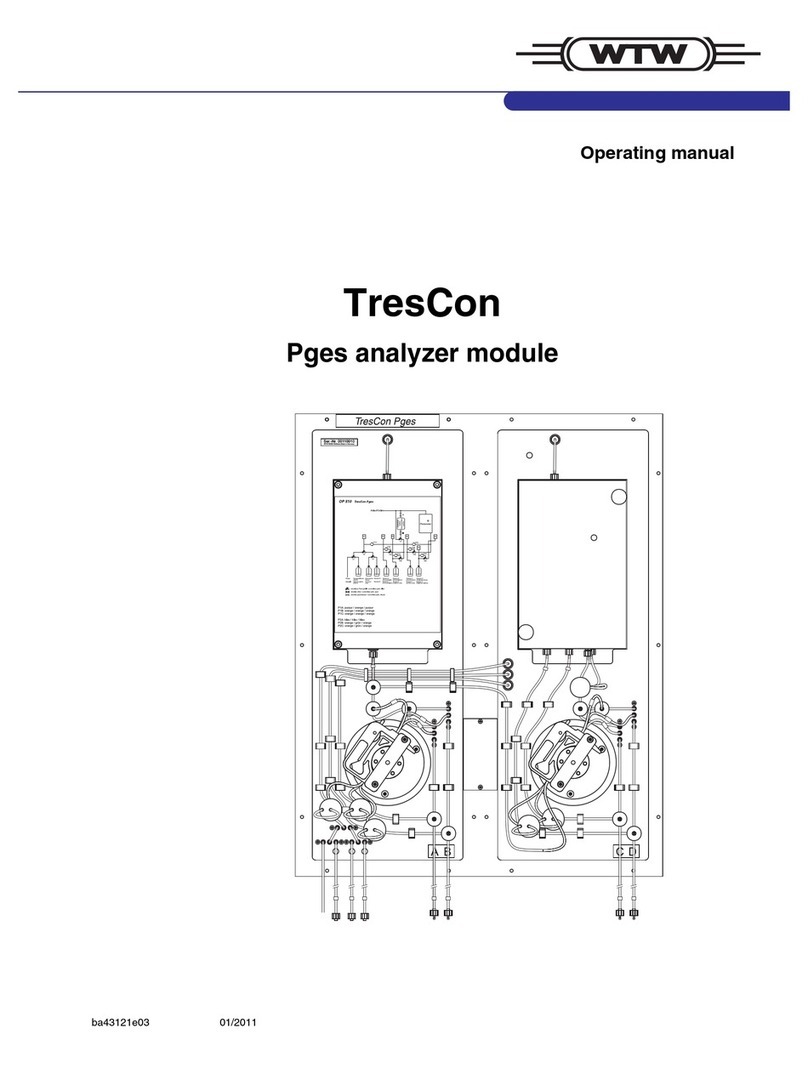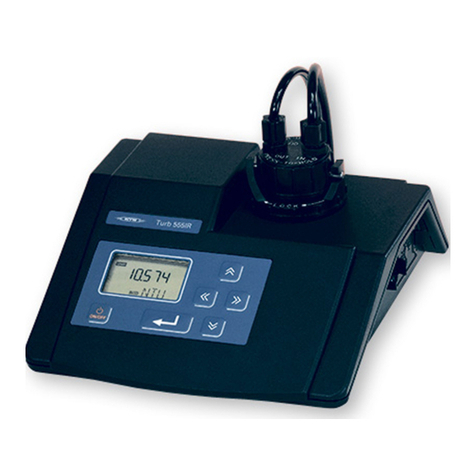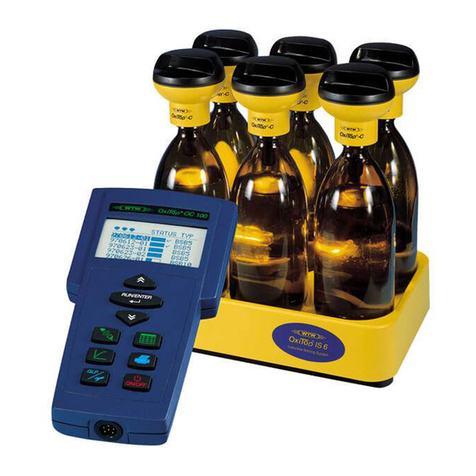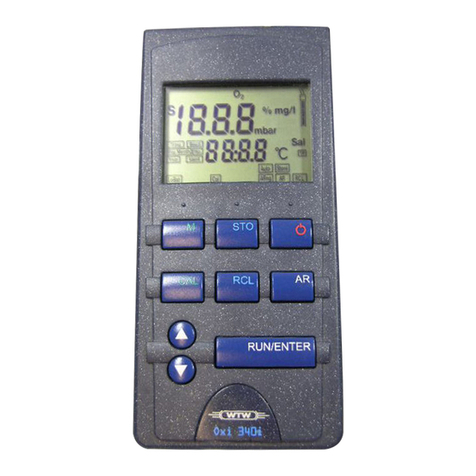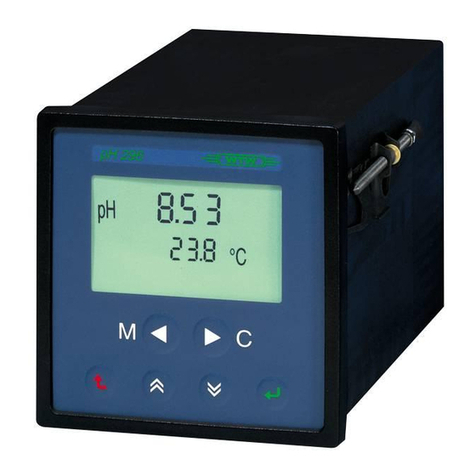wtw pH/Oxi 340i User manual
Other wtw Measuring Instrument manuals
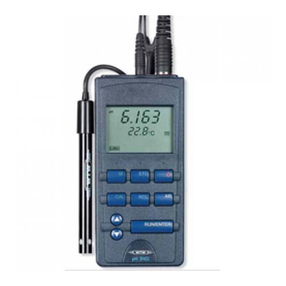
wtw
wtw pH 330i User manual
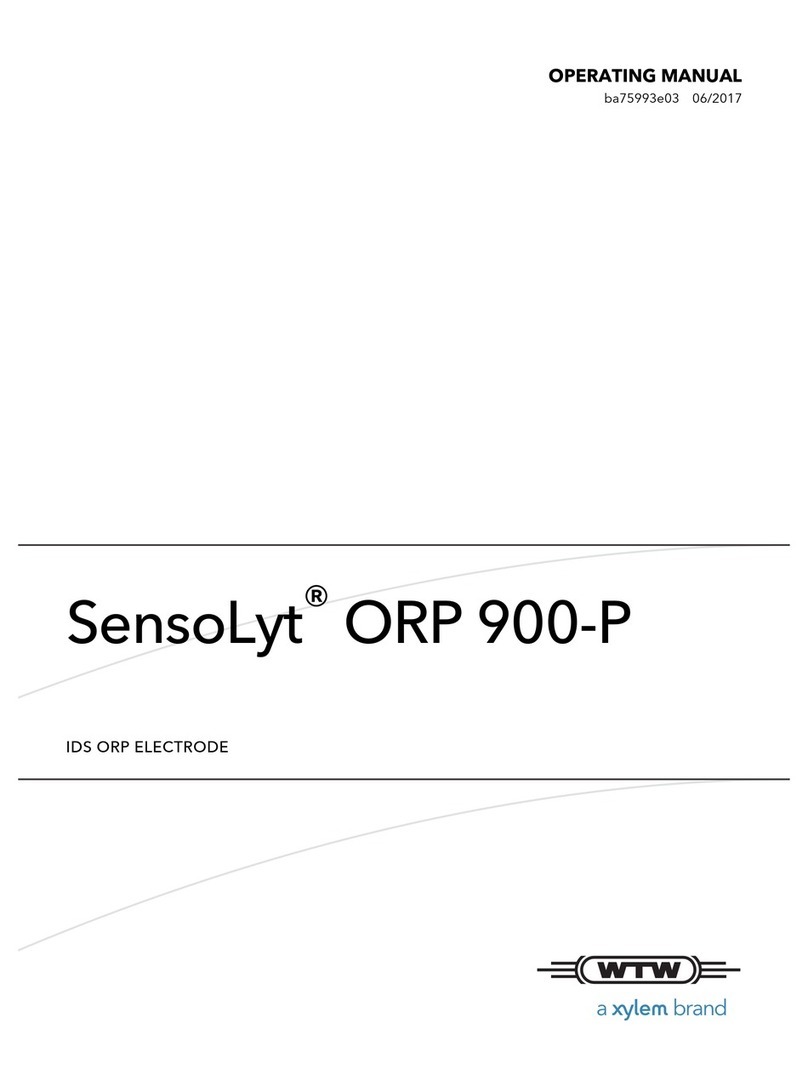
wtw
wtw SensoLyt ORP 900-P User manual
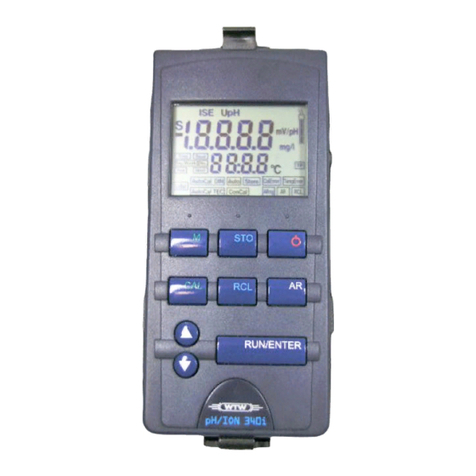
wtw
wtw pH/ION 340i User manual

wtw
wtw CarboVis 700/5 IQ Set User manual
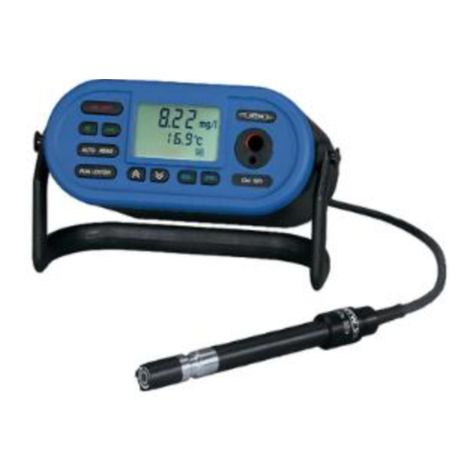
wtw
wtw Oxi 197i User manual

wtw
wtw PhotoLab Spektral User manual
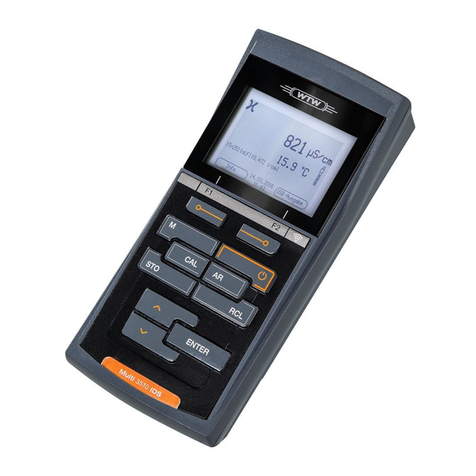
wtw
wtw Multi 3510 IDS User manual
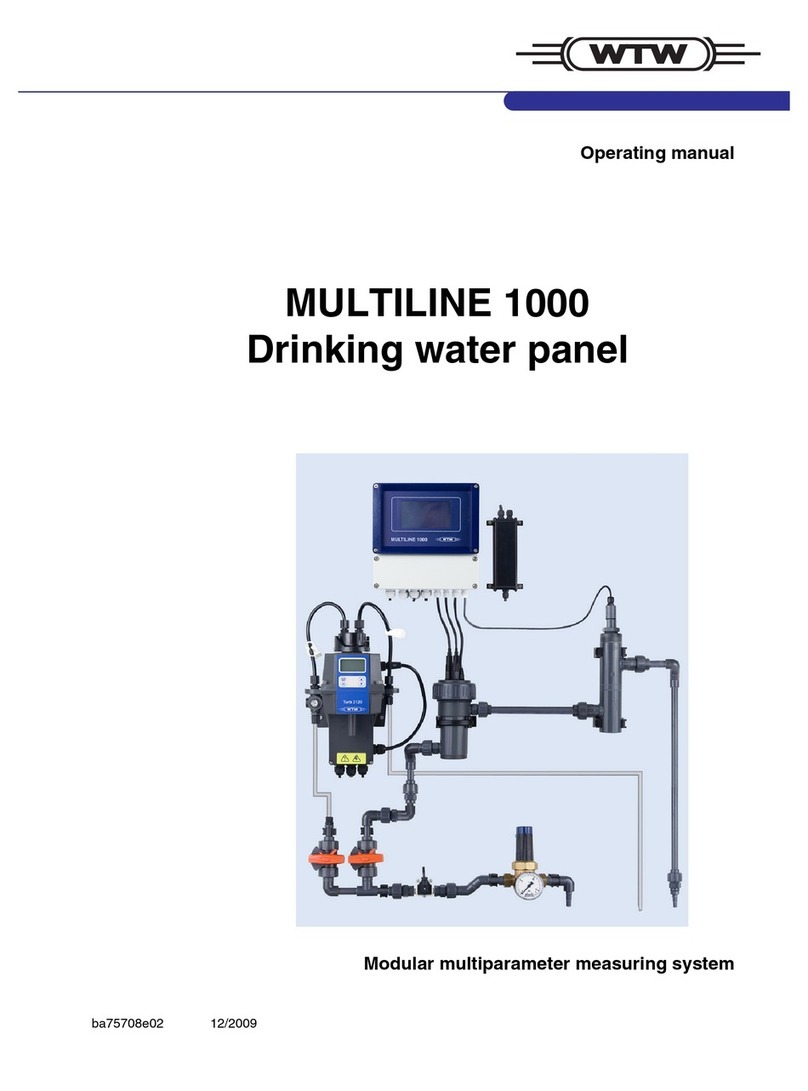
wtw
wtw MULTILINE 1000 User manual
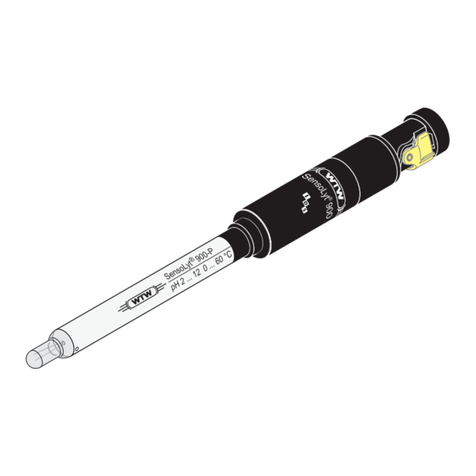
wtw
wtw MultiLine SensoLyt 900-P User manual
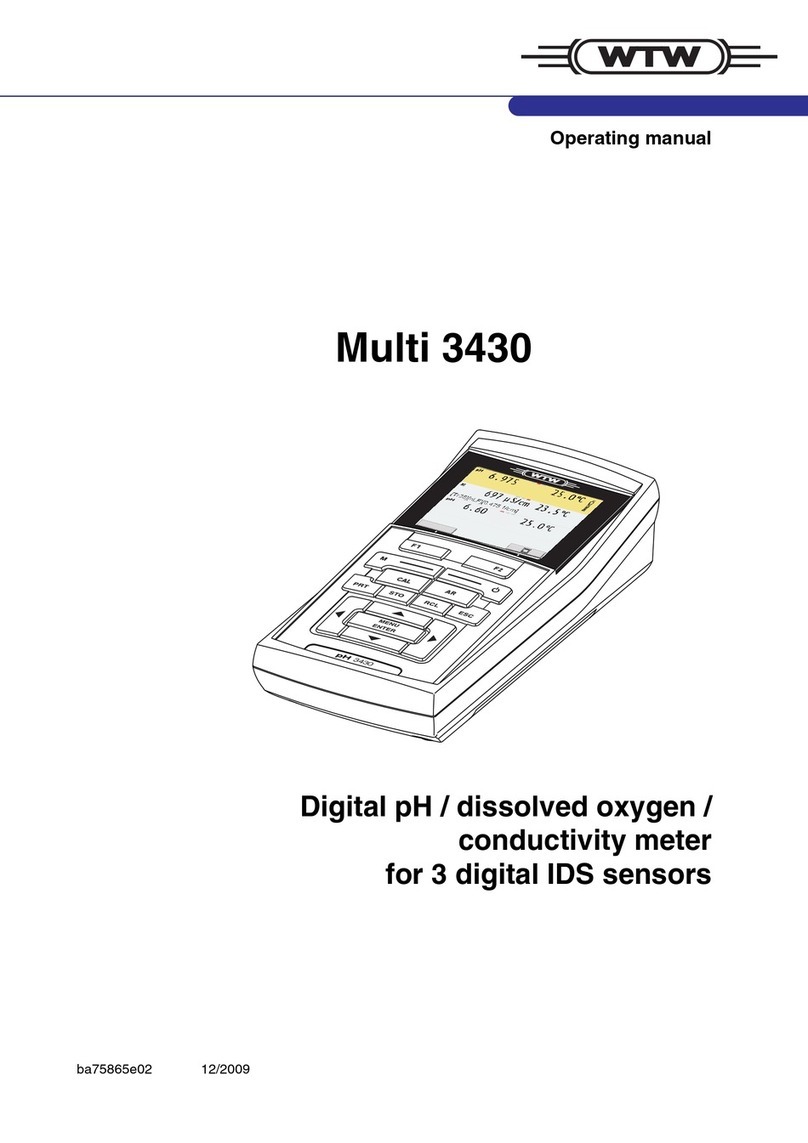
wtw
wtw Multi 3430 User manual
Popular Measuring Instrument manuals by other brands

Powerfix Profi
Powerfix Profi 278296 Operation and safety notes

Test Equipment Depot
Test Equipment Depot GVT-427B user manual

Fieldpiece
Fieldpiece ACH Operator's manual

FLYSURFER
FLYSURFER VIRON3 user manual

GMW
GMW TG uni 1 operating manual

Downeaster
Downeaster Wind & Weather Medallion Series instruction manual

Hanna Instruments
Hanna Instruments HI96725C instruction manual

Nokeval
Nokeval KMR260 quick guide

HOKUYO AUTOMATIC
HOKUYO AUTOMATIC UBG-05LN instruction manual

Fluke
Fluke 96000 Series Operator's manual

Test Products International
Test Products International SP565 user manual

General Sleep
General Sleep Zmachine Insight+ DT-200 Service manual
